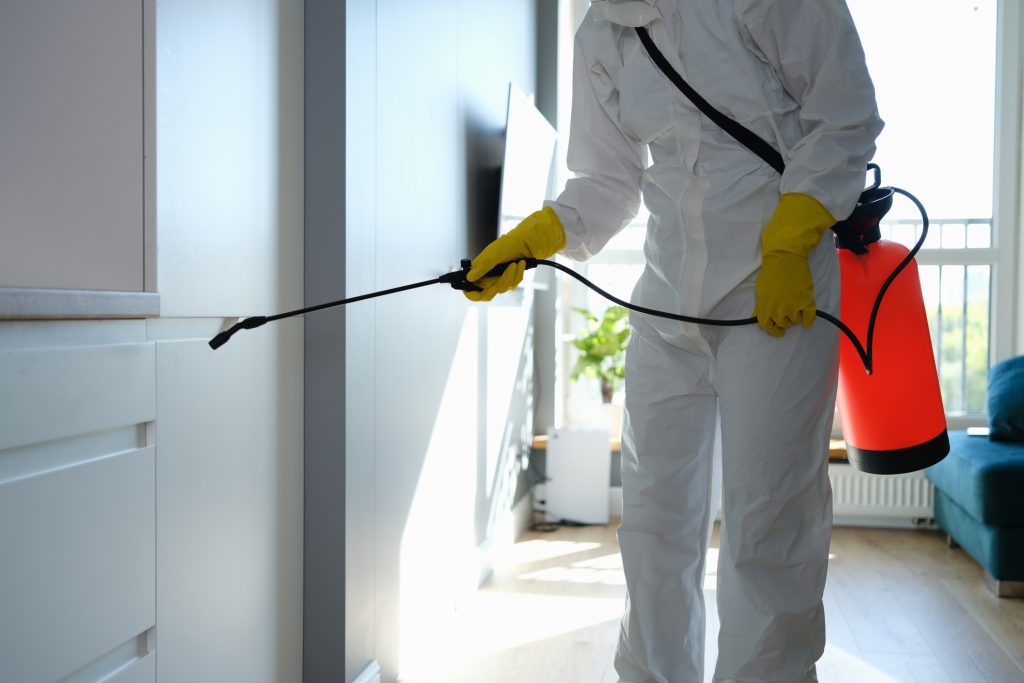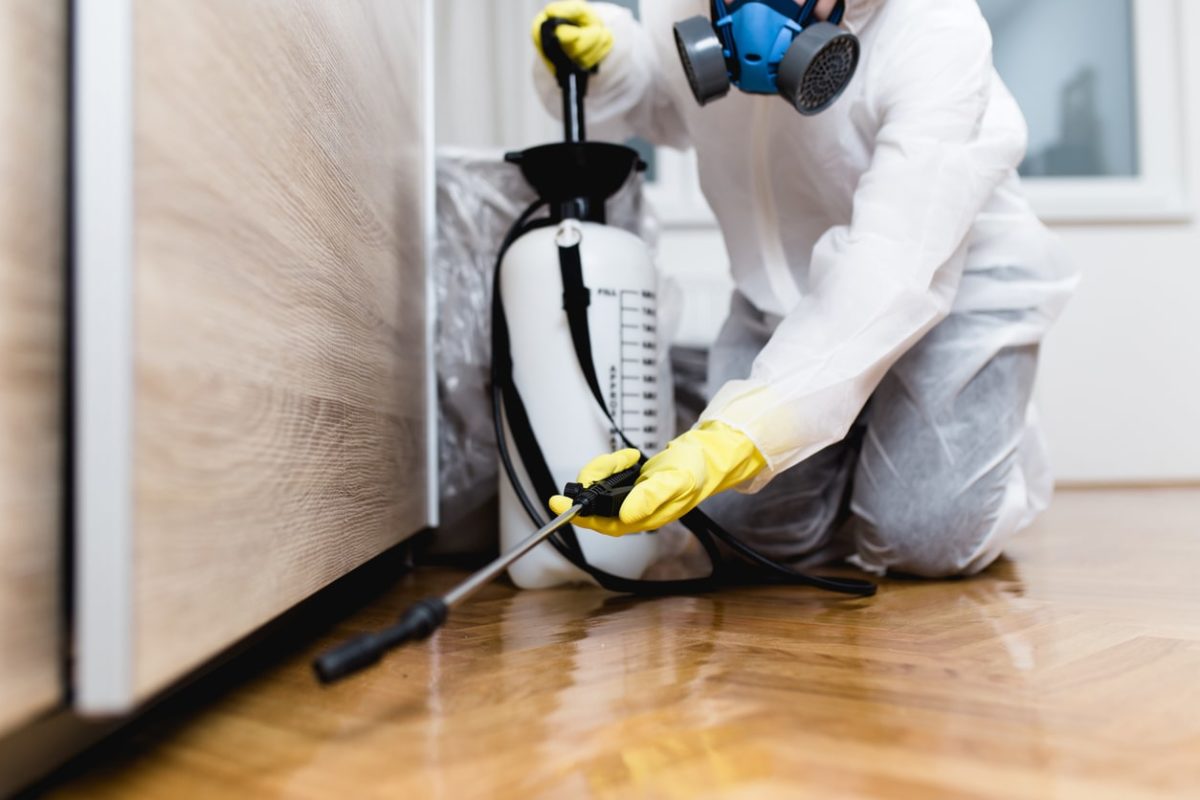Powerful Pest Control to remove pests, rodents, and termites quickly.
Powerful Pest Control to remove pests, rodents, and termites quickly.
Blog Article
Eco-Friendly Pest Control Approaches for Handling Wildlife in Urban Locations
Urban areas often find themselves at the intersection of human activity and wildlife, leading to one-of-a-kind challenges in insect management. These methods not only secure the atmosphere however additionally improve area interaction in wild animals administration. As metropolitan populaces proceed to grow, recognizing the characteristics of wildlife communications ends up being progressively vital.
Comprehending Urban Wildlife Dynamics
Recognizing Urban Wild animals Dynamics is crucial for developing effective and environmentally friendly parasite control methods. Urban locations are progressively becoming environments for numerous wild animals species, driven by factors such as habitat fragmentation, food accessibility, and human advancement. Recognizing these dynamics permits for a nuanced strategy to pest management that lines up with environmental principles.
Urban wild animals usually includes species such as raccoons, squirrels, and birds, which adapt to city atmospheres, discovering specific niches in green rooms, parks, and also household areas. Their visibility can bring about problems with human beings, particularly when they make use of human sources for food and sanctuary. Comprehending the habits and environmental duties of these types informs strategies that reduce negative interactions while advertising biodiversity.
In addition, acknowledging the interdependencies within urban ecosystems assists in determining essential areas for habitat preservation and reconstruction. This understanding adds to the growth of integrated parasite management (IPM) techniques that think about the eco-friendly balance, thus reducing dependence on dangerous chemicals. By fostering coexistence between people and metropolitan wild animals, cities can produce healthier atmospheres that benefit both homeowners and neighborhood environments, leading the way for lasting urban living.
Natural Repellents and Deterrents
All-natural repellents and deterrents offer a sustainable option to traditional insect control techniques by taking advantage of the power of nature to keep unwanted species at bay. These environment-friendly services commonly utilize plant-based ingredients, necessary oils, and other naturally happening materials that hinder insects without harming the atmosphere.
One efficient natural repellent is peppermint oil, which is understood to push back rats and bugs. Its strong aroma is unpleasant to several pests, making it a prominent selection for city settings. Vinegar and citrus peels can offer as deterrents, as their strong odors are typically uninviting to various wildlife.
Additionally, diatomaceous earth is an all-natural powder that can be spread out in locations susceptible to insect task, properly dehydrating and discouraging insects without posing risks to non-target varieties. Garlic sprays and neem oil are identified for their capacity to push back a large variety of parasites, consisting of both pests and larger wild animals.
Executing these natural repellents not only lowers reliance on chemical pesticides but also promotes a much healthier urban ecosystem, cultivating an extra balanced coexistence in between human beings and wild animals. By making use of these techniques, city locations can efficiently take care of parasite populations while reducing ecological influence.
Habitat Alteration Techniques
Efficient habitat adjustment strategies play a critical role in lasting insect monitoring by altering the setting to make it much less for pest problems. By comprehending the ecological characteristics of urban areas, homeowner can carry out strategic alterations that prevent pests while advertising biodiversity.
(Honey Bee Relocation)One primary strategy entails keeping proper cleanliness. This consists of routine waste removal, protecting trash can, and eliminating standing water to minimize breeding websites for insects and rodents. Furthermore, landscape design methods such as choosing indigenous plants can improve environmental equilibrium, supplying habitats for beneficial organisms while lessening resources for bugs.
Another crucial method is to seal access points in buildings. Evaluating and fixing splits in foundations, walls, and home windows can dramatically minimize bug accessibility. Developing physical barriers, such as fencings or plant barriers, can inhibit wild animals movement right into human-inhabited locations.
Integrated Parasite Monitoring Practices
Structure upon habitat alteration strategies, incorporated insect monitoring (IPM) practices use an alternative strategy to controlling bug populaces while minimizing environmental influence. IPM combines different approaches, including biological, social, mechanical, and chemical controls, to accomplish reliable insect monitoring.
Biological control entails the intro of all-natural killers or parasites to lower parasite populations. Social techniques, such as crop rotation and cleanliness, interfere with pest life cycles and decrease their habitats - Pest Control. Mechanical controls, like catches and barriers, provide instant relief from parasite stress without chemical treatment
Chemical controls are used as a last resource, focusing on targeted applications that restrict damage to non-target species and the environment. The option of eco-friendly pesticides, when required, is important to the IPM framework. Additionally, monitoring pest populaces and evaluating possible damages helps inform decision-making, making certain that interventions are timely and efficient.
Area Participation and Education

(Exterminator Near Me)Workshops and informational sessions can equip locals with understanding concerning indigenous varieties, environment conservation, and efficient non-toxic parasite monitoring moved here strategies. Partnership with schools, neighborhood companies, and government firms even more improves educational outreach, making sure that crucial information reaches varied target markets.
Moreover, community-led initiatives, such as area clean-up days and environment reconstruction projects, not only advertise biodiversity yet likewise enhance area connections. Pest Control. By motivating locals to share their experiences and monitorings, neighborhoods can establish targeted strategies that resolve specific neighborhood parasite problems
Incorporating feedback from homeowners into pest monitoring intends makes it possible for a more responsive and flexible technique to wildlife challenges. Inevitably, notified and engaged neighborhoods are vital to accomplishing long-term success in environmentally friendly bug control, resulting in healthier metropolitan settings that appreciate both human and eco-friendly requirements.

Verdict
In conclusion, environment-friendly insect control comes close to deal sustainable solutions for handling city wild animals. By focusing on environment modification, using natural repellents, and carrying out integrated bug management techniques, neighborhoods can promote a harmonious coexistence with neighborhood animals.
Report this page